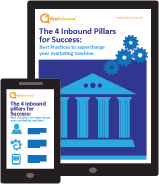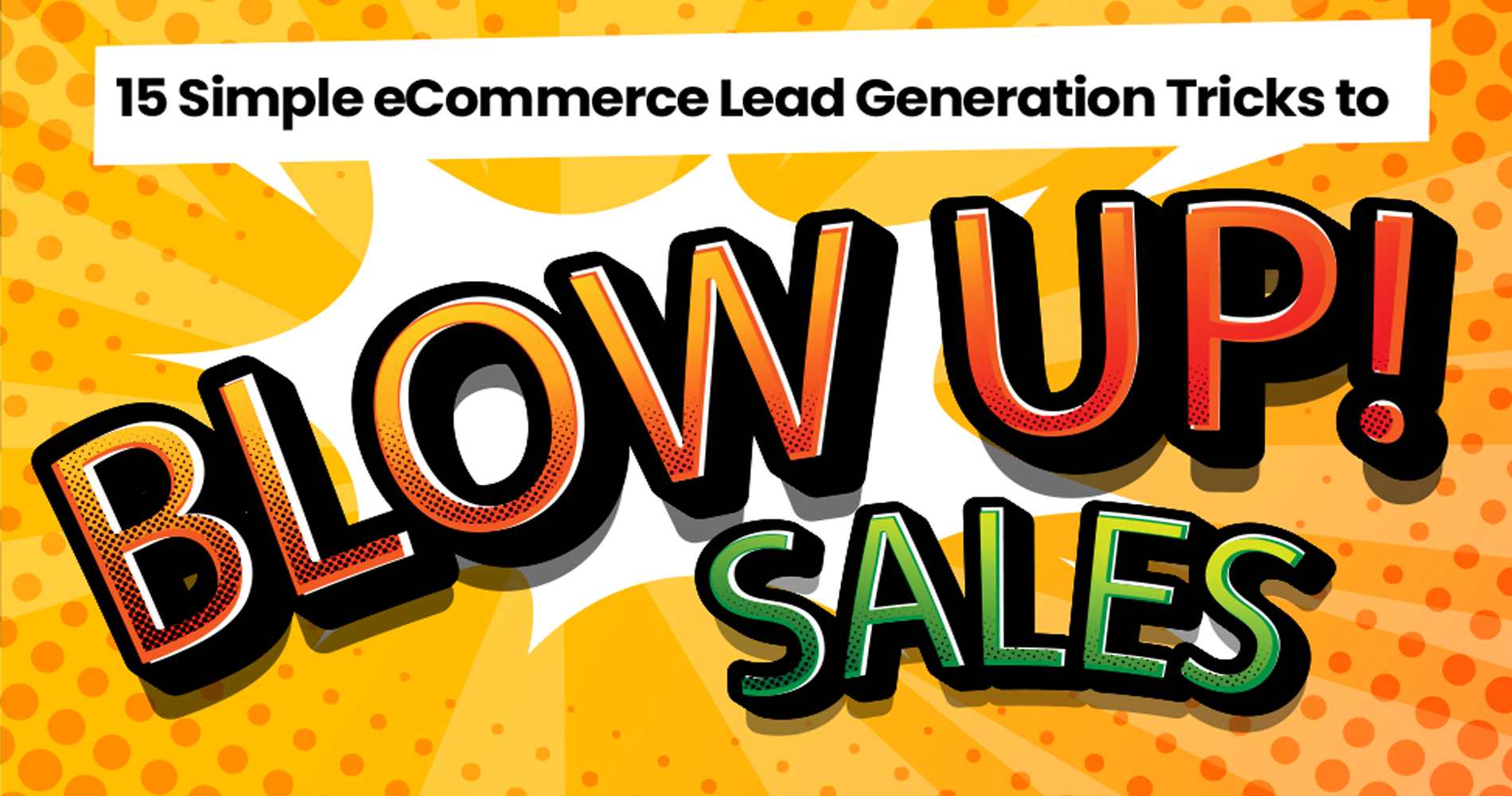Marketing is one of the most important aspects of any business. It has to be done with care and attention to detail to entice and engage a large number of people. This has resulted in a shift from traditional advertising methods such as television commercials, billboards, and radio advertisements to more targeted digital campaigns.
The 5 best ways to find your target audience
1. Focus on a specific goal
Starting with some questions will help with this process. The answers you get will help shape what your business will ideally do.
Changing advertising content online to tie in with what your audience is looking for can be extremely efficient with machine learning.
- Can my products best serve my customers' needs?
- Who are my customers and what are their challenges?
- How can I help them?
- Are my customers using other brands?
- What is your target audience?
You probably won't be able to answer the question in quickly, but you can use the answers to the questions above and put yourself in potential customers’ shoes. This will help you develop a better strategy for attracting them.
For many small businesses, the question of who you're targeting can be a bit too overwhelming in the first instance. If you focus on who would not be interested in doing business with your company, this can help broaden your customer base. For example, if your audience will be made up of older people. This may include individuals who are over 50 years old or those who don’t have any living relatives over 65.
Even a minor change to your landscape can make it more varied and meet the needs of various groups. The options might vary depending on what you want for your business/industry. Then, their adult children might appreciate it if your business has an easy-to-navigate website that lets them order products to ship to their parent’s homes.
Online marketplaces like Amazon and Alibaba are disrupting many industries. These marketplaces have an enormous advantage over brick-and-mortar stores by reducing costs, lowering time to market, and eliminating the need for warehousing.
2. Engage potential customers
Consider how your brand would be perceived in the real world. Perhaps mentioning your plans would make those future customers feel more valuable to you.
Let clients know what you’re trying to accomplish and get their initial reactions. Ask clients about companies similar to your own and what is lacking from their offer. You might want to consider adding something that distinguishes or differentiates your brand from the competition.
It's also useful to figure out why people might or might not select your product. Encourage participants to express their views in brief responses, then have them dig further into what might be important to them.
Another valuable exercise is to have people write down words or phrases they associate with their favorite brands. This can help you learn what consumers prioritise and allow you to evaluate whether your brand matches some or most of those ideals.
Before you start anything, you have to ask the right questions.
3. Identify customers by collecting data
As more and more people start using AI systems, some begin to become less trusting of the content they provide. Some start out feeling brands are exploiting them for personal information about themselves and their lifestyle. 40% of people are more likely to show interest in a product recommendation that aligns with the information they’ve given brands. This statistic shows that it is important for businesses to show their customer's interests by attending closely to what they share on social media, speaking with them over the phone, or asking them questions in person.
When you ask for customers’ data, be concise and let them know exactly what you'll do with it. When split testing advertisements or designs, use their data to target them instead of using their personal information. Finally, this also enables you to determine if some of your content resonates more with certain groups of people than others.
Asking for customers’ information could result in you discovering some surprising things, too. This is because you might not be aware of certain aspects about your clients that show their dependence and levels of brand loyalty. You could also be missing out on business opportunities with a new range of products or services that would make your brand big.
It’s also important to remember that in certain industries where data is a huge asset, like healthcare and social services, companies will have to go through some legal paperwork for people to use their data. One way around this is by asking for permission from your customers.
Learn about the location-based specifics
One way of doing this is to become familiar with what’s in your immediate area and how it might affect your brand. It also helps you connect with shoppers who are less likely to encounter a brand like yours elsewhere.
Many college campuses have restrictions on cars. If your store isn't near public transit routes and you want to serve students, it might be a good idea to offer delivery services.
4. Identify your competitors
It's essential to be aware of the overall state of what's going on in your business, but it can also help you identify your profitability if you start researching other companies and seeing if they are oversaturating their industry. Watching which companies are succeeding vs. those that have failed will provide great insight into how the market is going.
Not only can you attract a growing number of customers buying local produce, but you could also use the information to create a new niche for yourself. If other companies aren't focusing on that aspect of their business, prospects might need someone to step in and give them a helping hand.
Targeting your audience and meeting their needs is the ultimate key to a successful business.
Make strategic decisions for the best results
It can be tough to figure out what you should invest in - too much and you'll lose money, not enough and you might struggle to grow market share. It's important to know who your audience is before taking any significant steps.
The internet is full of resources on how to reach your audience effectively. To make the most out of them, you need to figure out what customers want and need. The tips above are just a few ways to help you refine your skills and get ahead in this competitive market.





